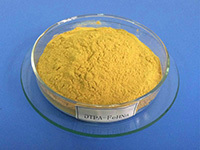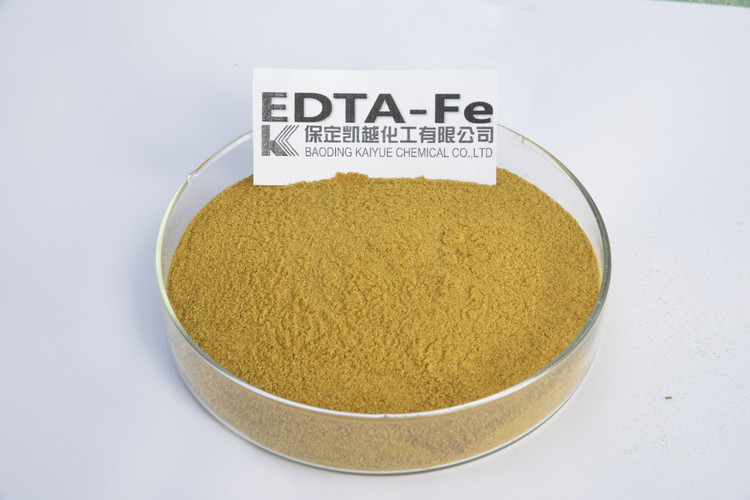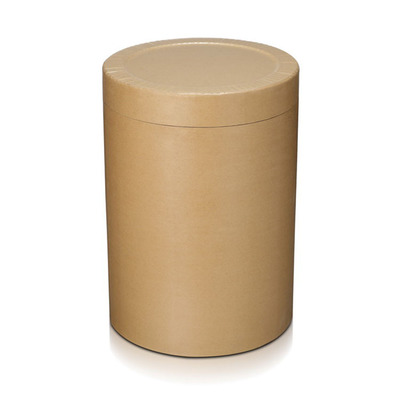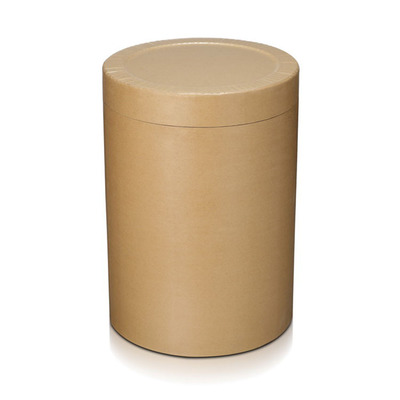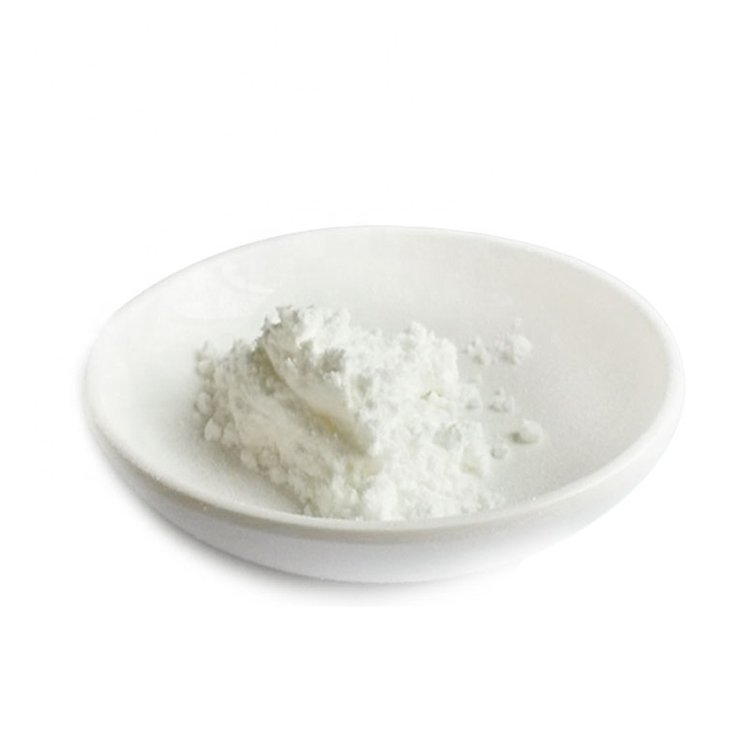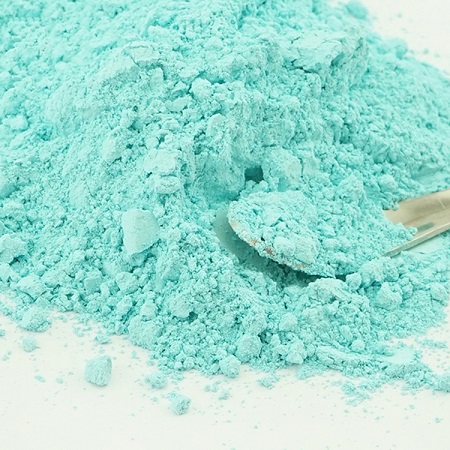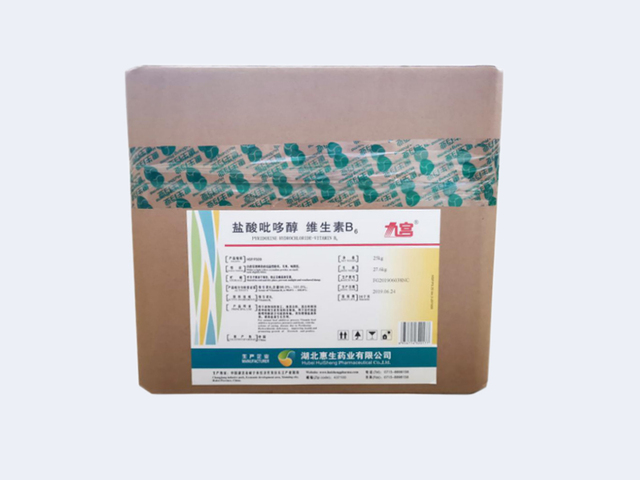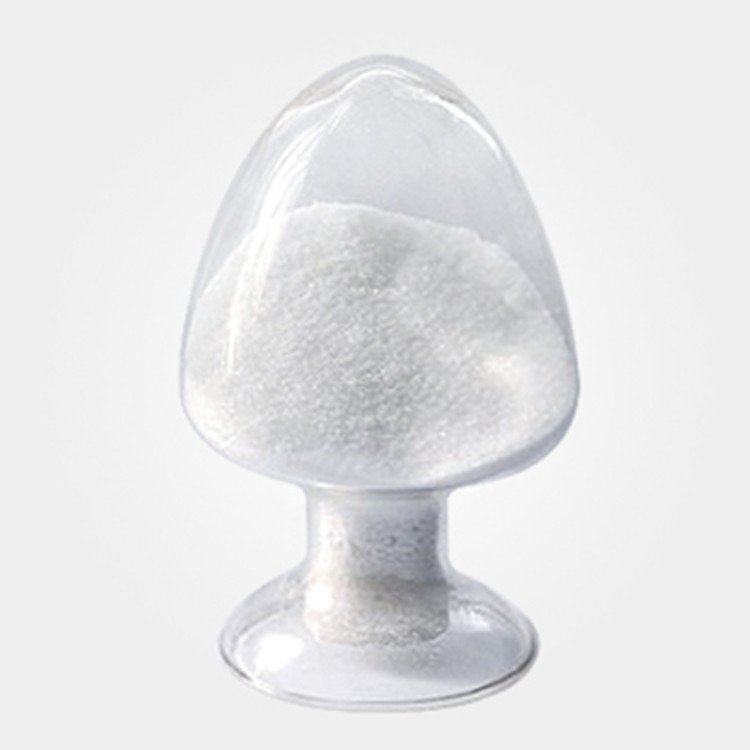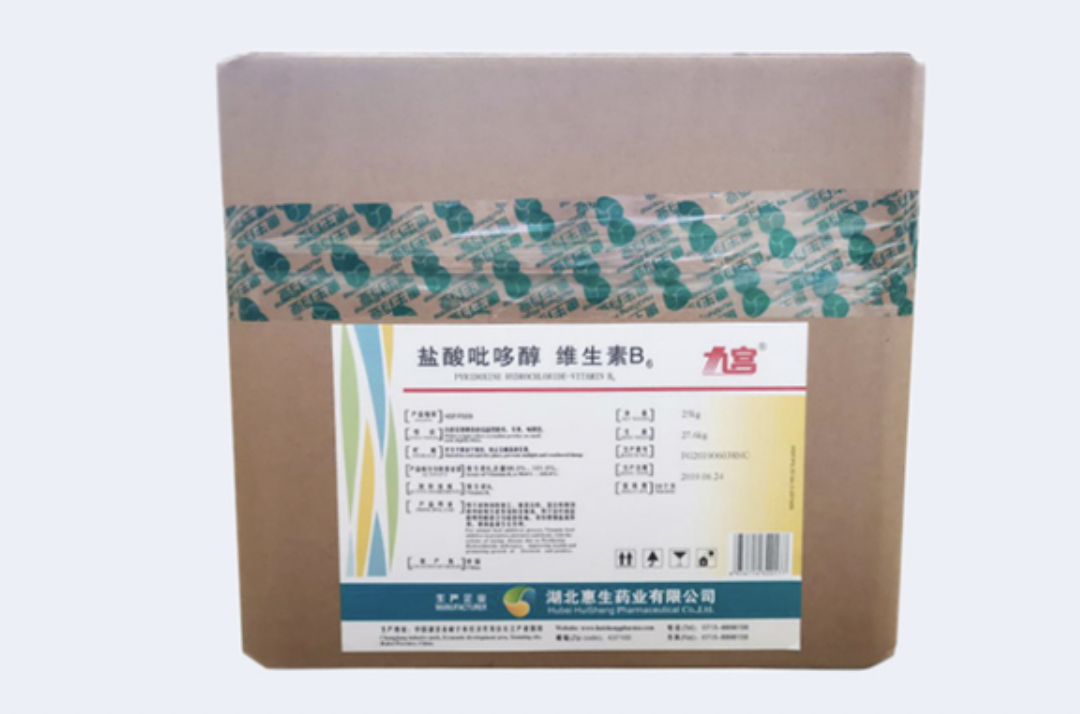Feed Additive
Additives For Food Packaging
Colorant
Stabilizer and Coagulator
Water Retention Agent
Feed Deworming Health Agents
Anti Corrosion and Preservation
Color Fixative
Flour Treatment Agent
Defoamer
Coating Agent
Feed Vitamins
Emulsifier
Other Food Additives
Nutritional Fortifier
Thickening Agent
Feed Quality Enhancer
Antioxidants
Chewing Gum Bases
Bulking Agent
Feed Amino Acids and Small Peptides
Flavor Enhancer
Sweeteners
Additives For Feed Preservation
Other Feed Additives
Food Additive
Bleaching Agents
Anticaking Agent
Food Flavors and Fragrances
Enzyme Preparation
Feed Trace Elements
Acidity Regulators
Feed Growth Promoters
Feed Conditioner
CAS:15708-41-5
Molecular Formula:C10H12FeN2NaO8
Alias
More Information
Edta Iron(Iii) Sodium Salt; Ethylenediaminetetraacetic acid Ferric Sodium salt; Edta-Fe-13; EDTA-FeNa; Sodium Iron Edta; Ethylenediaminetetraacetic Acid Monosodium; Sodium Iron Ethylenediamine Tetraacetic Acid; Ethylenediaminetetraacetic Acid Iron Sodium Salt Hydrate; Ethylenediaminetetraacetic Acid Iron(III) Sodium Salt Hydrate; Iron(III) Sodium Ethylenediaminetetraacetate Hydrate; Sodium,2-[2-[bis(Carboxylatomethyl)Amino]Ethyl-(Carboxylatomethyl)Amino]Acetate,iron(3+); Ethylenediaminetetraacetic acid fe; Ethylenediaminetetraacetic acid Monosodium Ferric salt; EDTA iron(III) Sodium salt,Edathamil,Ethylenediaminetetraacetic acid iron(III) Sodium salt; Ethylenediaminetetraacetic acid,Ferric Sodium salt Trihydrate; Ethylenediaminetetraacetic Acid Ferric Sodium Salt Hydrate; Ferric Sodium Ethylenediaminetetraacetate Hydrate; EDTA-FeNa.3H2O; Ethylenediaminetetraacetic Acid Monosodium Ferric Salt Hydrate; Ferrostrane; Ferrostrene
Brief Introduction
It is mainly used as complexing agent, oxidant, photographic material developing agent, bleaching agent and black-and-white film thinning agent.
Suppliers
View More Vendors (4) >
CAS:299-27-4
Molecular Formula:C6H11KO7
Alias
More Information
D-Gluconic Acid Monopotassium Salt; Gluconic Acid Potassium Salt; Potassium D-Gluconate; D-Gluconic Acid Potassium Salt
Brief Introduction
Potassium gluconate is a good nutritional fortifier, which can be used in dairy products and as a nutritional supplement; Acidity regulator; Chelating agent; Yeast feed. It is mainly used for solid drinks, cake premix powder, dessert premix powder, etc.
Suppliers
View More Vendors (4) >
CAS:299-28-5
Molecular Formula:C12H22CaO14
Brief Introduction
It should be used as calcium fortifier, nutrient, buffer, solidifying agent and chelating agent in food.
Suppliers
View More Vendors (4) >
CAS:527-09-3
Molecular Formula:C12H22CuO14
Alias
More Information
D-Gluconic Acid, Copper(Ii)Salt; Copper Di-D-Gluconate; Chelates Of Copper Gluconate; Copper(Ii) D-Gluconate; Bis[[(2R,3S,4R,5R)-2,3,4,5,6-Pentahydroxyhexanoyl]Oxy]Copper
Brief Introduction
Copper gluconate is a copper salt of D-gluconic acid that displays a light blue to bluish-green color. It is prepared by the reaction of gluconic acid solutions with cupric oxide or basic cupric carbonate. According to the good manufacturing or feeding practice by the FDA, copper gluconate is used as a nutrient or dietary supplement and is generally recognized as safe for use at a level not exceeding 0.005 percent.
Copper Gluconate is the orally bioavailable copper salt of D-gluconic acid. In addition to its roles as an enzyme cofactor for cytochrome C oxidase and superoxide dismutase, copper forms complexes with the thiocarbamate disulfiram (DSF) forming DSF-copper complexes, which enhances the DSF-mediated inhibition of the 26S proteasome; proteasome inhibition may result in inhibition of cellular protein degradation, cessation of cell cycle progression, inhibition of cellular proliferation, and the induction of apoptosis in susceptible tumor cell populations.
Suppliers
View More Vendors (4) >
CAS:58-56-0
Molecular Formula:C8H12ClNO3
Alias
More Information
Bonasanit; Aderoxine; Paxadon; Vitamin B6 (Pyridoxine Hydrochloride); Vitamin B6 Hydrochloride; Adermine Hydrochloride; Hexermin; Hexavibex; Benadon; Becilan; Hexobion; Pyridoxine Hcl; Pyridox; 5-Hydroxy--6-Methyl-3,4-Pyridine Dimethanol Hydrochloride; Aderoxin; 3,4-Pyridinedimethanol, 5-Hydroxy-6-Methyl-, Hydrochloride
Brief Introduction
Nutritional supplements. Vitamin B6 is a component of some coenzymes in human body. It participates in a variety of metabolic reactions, especially amino acid metabolism.
Suppliers
View More Vendors (4) >
Inquiry (
10
/ 10
)
Clear All
Sign In
Error!


